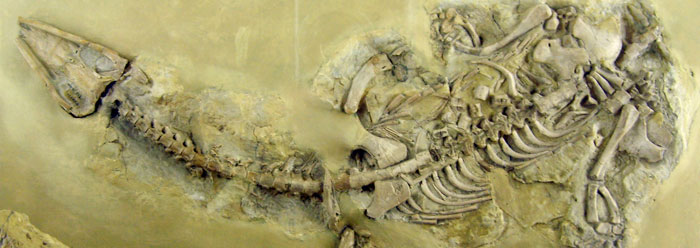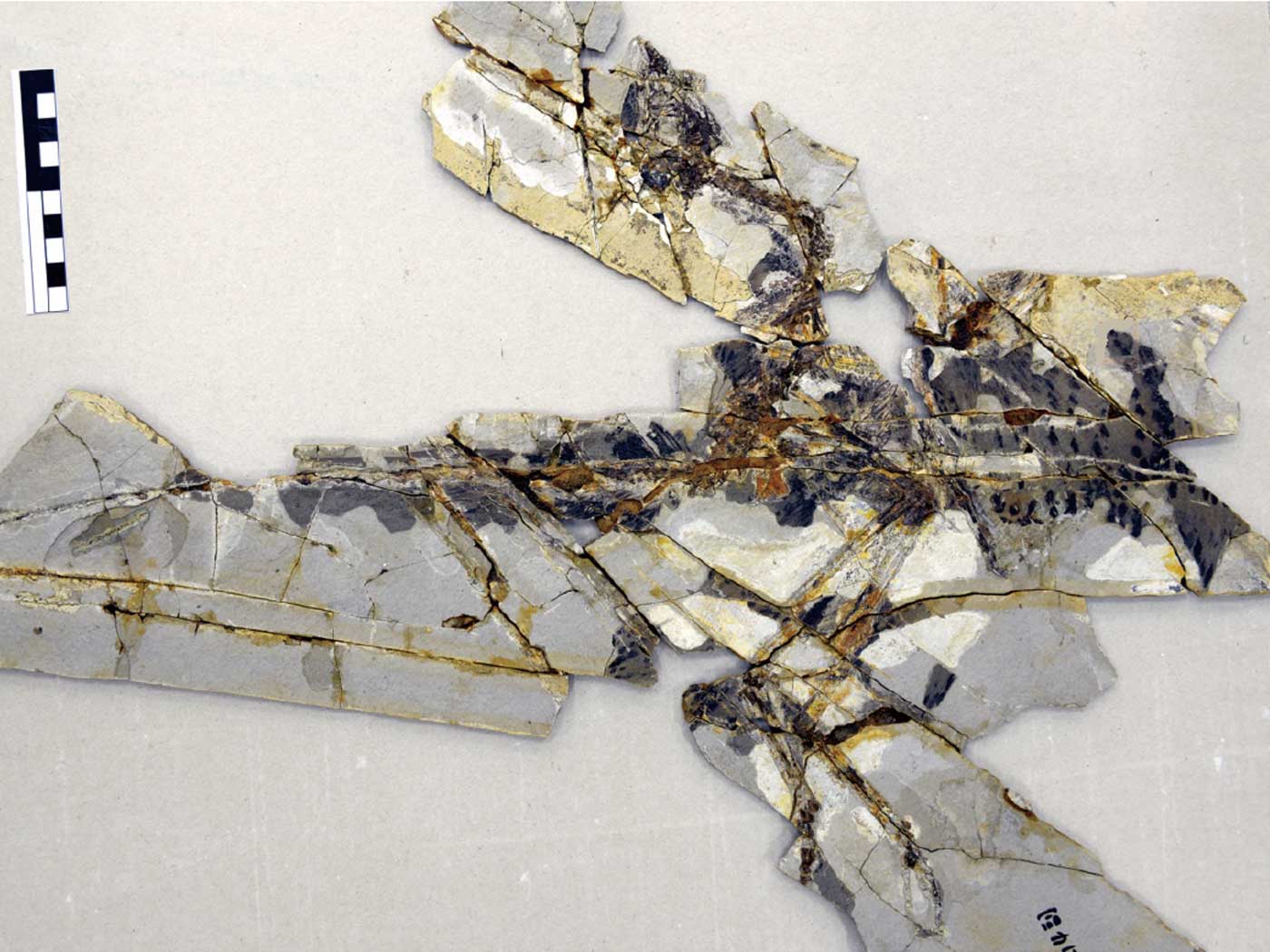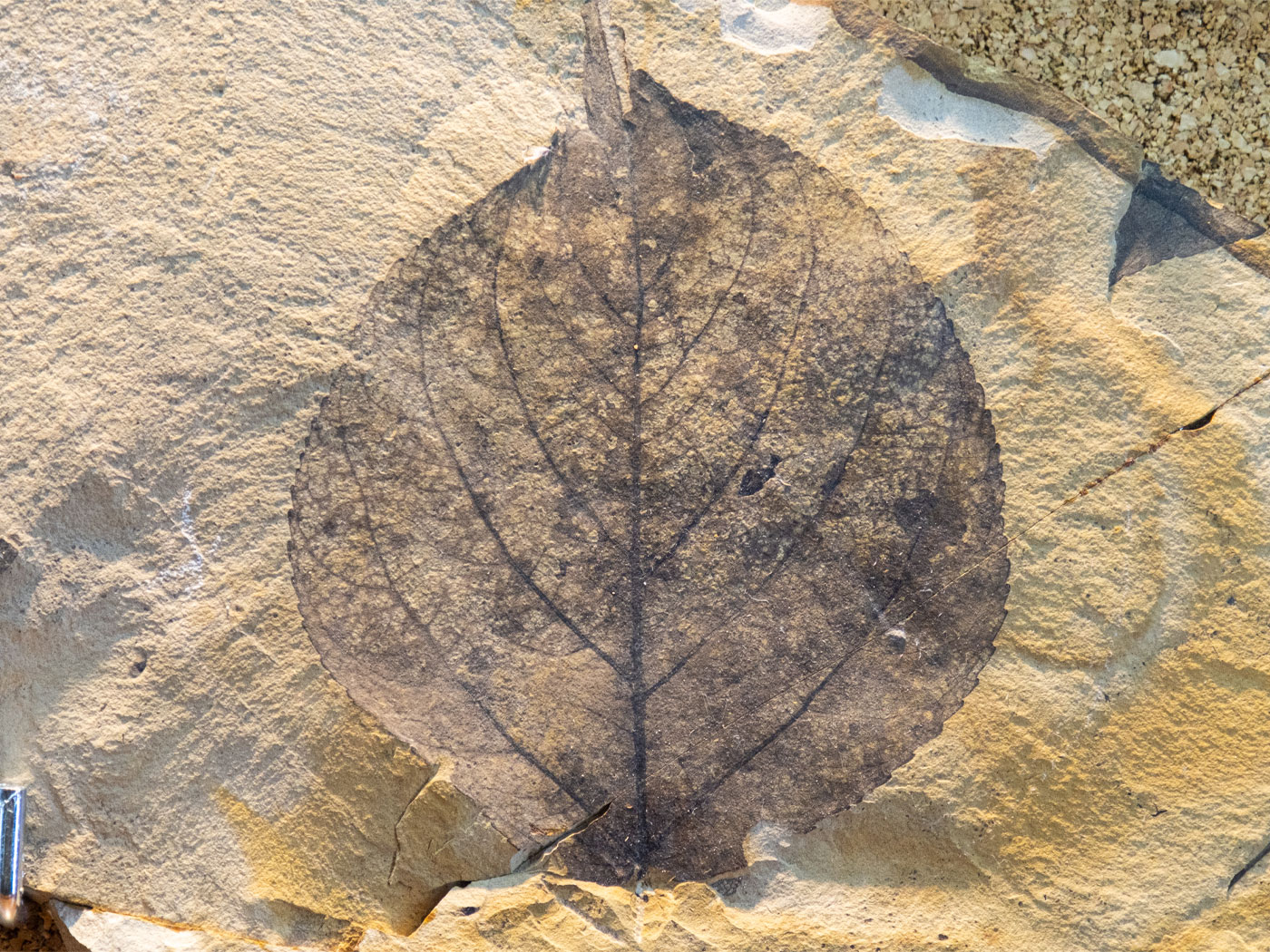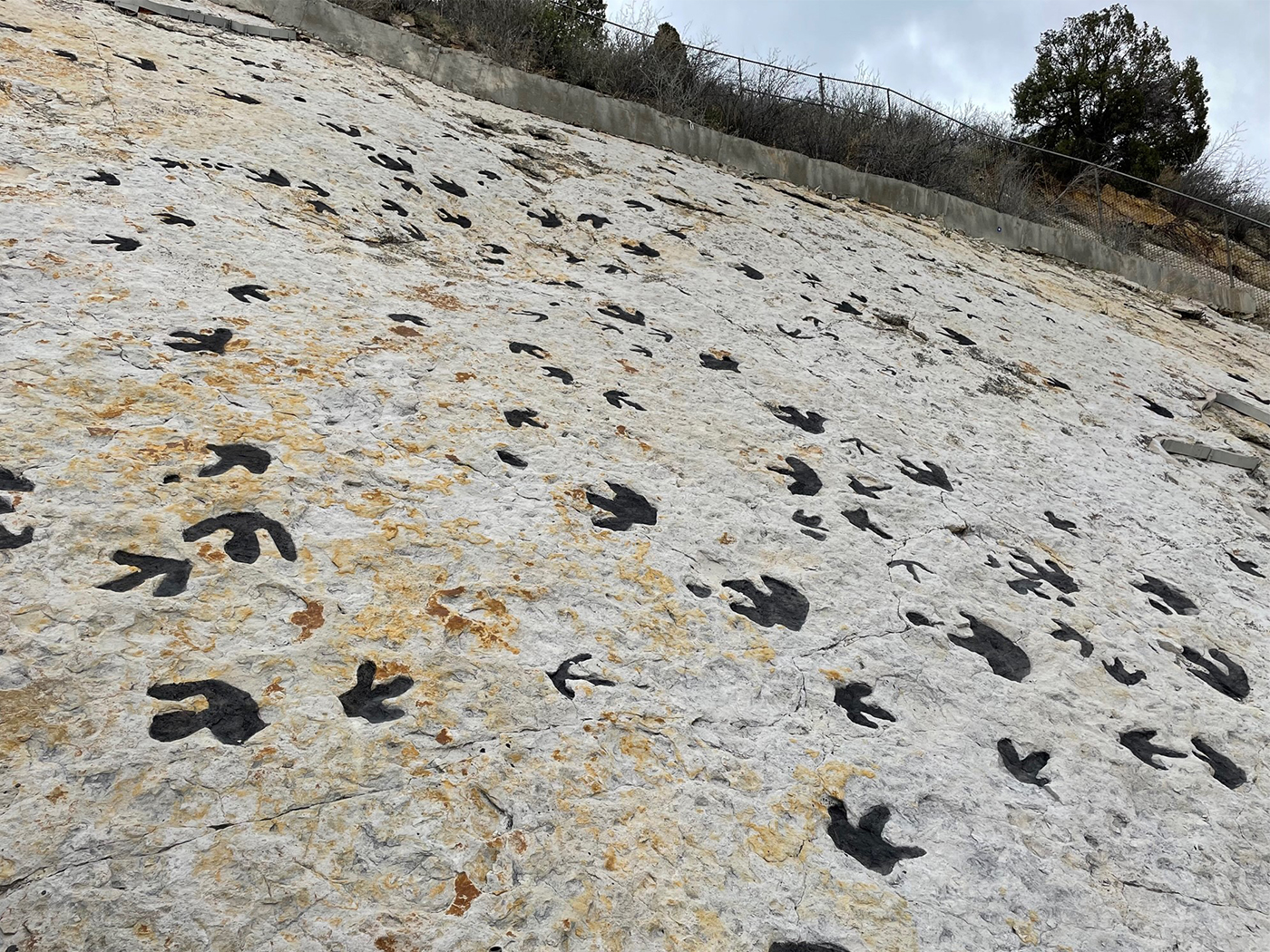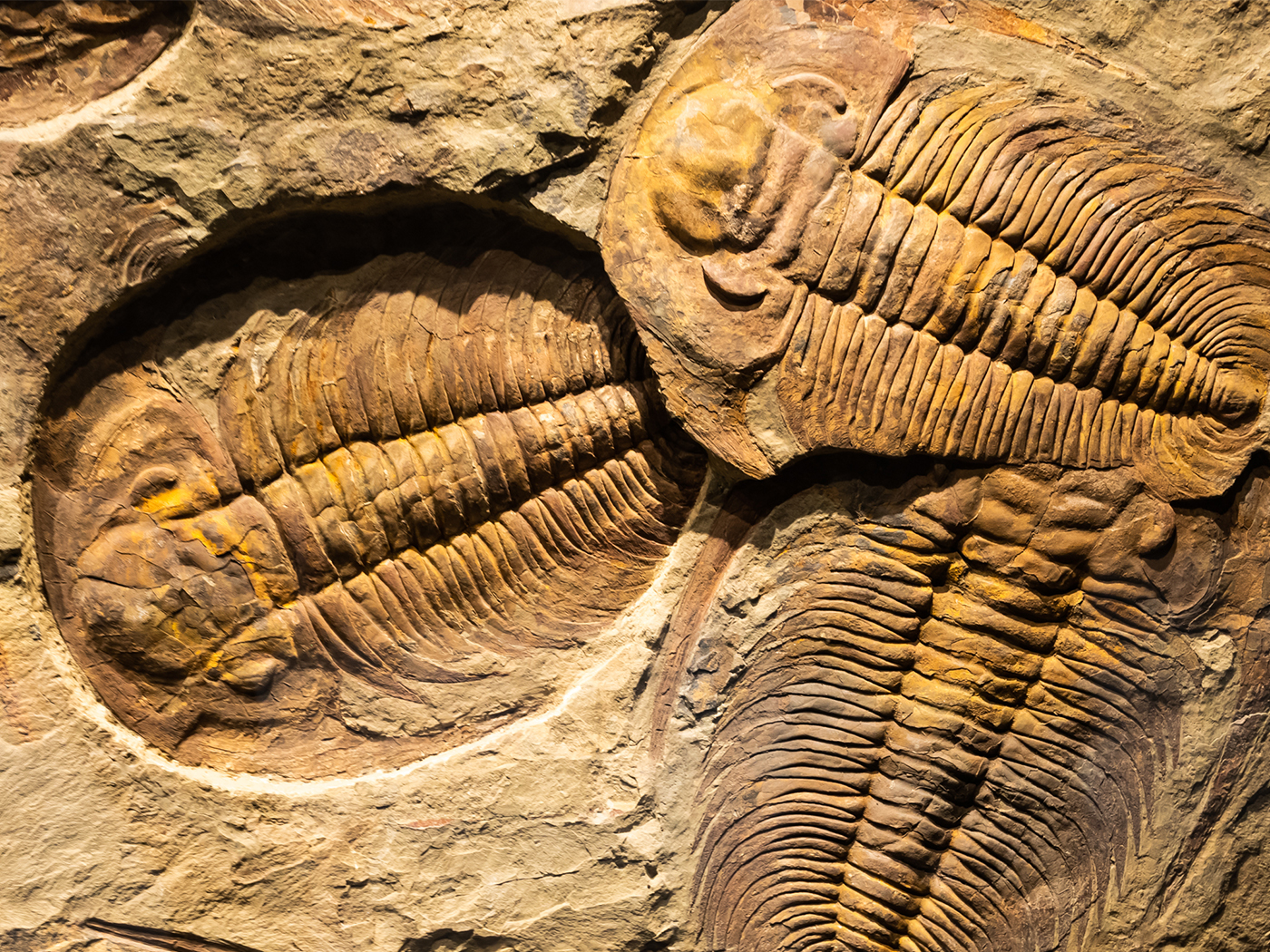Those who have difficulty accepting reports of collagen (a type of protein) preserved in supposedly 80-million-year-old dinosaur bones1 will scratch their heads with new vigor over a recent report. Supposedly 247-million-year-old fossils from Poland show signs of excellent preservation and even hold blood vessels.
A team of Polish scientists, publishing in the online journal PLOS ONE, removed the bone's biominerals before using several spectroscopic techniques to analyze the organic remains. They found the same amino acids that modern reptiles use to build proteins like collagen. The study authors concluded, "We interpret the data presented here as evidence for the presence of organic residues in these specimens that may derive from collagen or its degradation products."2
But proteins have shelf lives shorter than one million years. This makes discovering them in fossils of supposed great antiquity virtually inexplicable.3
Secular researchers search for some rescuing mechanism that might preserve proteins for millions of years—much longer than accelerated decay experiments show are possible. One such proposal involves iron atoms helping collagen molecules bond with nearby proteins in a process called cross-linking.4 This could help collagen last longer in the same way that a larger rock would take longer to turn into silt than a smaller rock as they both tumble down a stream.
In seeming support of this idea, the Polish team found an extremely thin coating of iron-containing minerals on the inside surface of the still-intact blood vessels. The study authors wrote, "It can be assumed that the persistence of protein remains of endogenous origin in Early Triassic bones was the result of early post-mortem mineralization processes on the walls of blood vessels."
Of course all that could be assumed, but is it reasonable?
Perhaps a thin "mineralization" layer coated the blood vessels right after these reptiles were covered in sediment. That might help explain how the blood vessels lasted for thousands of years since Noah's Flood deposited Triassic System sediments. But evidence against the Polish team's hypothesis came buried in their own report.
Using Hi-Resolution Time-of-Flight Secondary Ion Mass Spectrometry, they found signatures of amino acids glycine, alanine, proline, leucine, lysine, hydroxyproline (found in collagen), and hydroxylysine in the fossil blood vessels. Other methods detected histidine, asparagine and either cysteine or cystine.5
These tiny chemicals still have plenty of potential to react. Why haven't they undergone every basic degenerative chemical reaction possible after over 200 million years? In the laboratory they begin reacting with chemicals like oxygen or hydroxyls within mere weeks.
The researchers' cross-linking answer therefore invokes a new dilemma that crosses millions of years. By definition, cross-linking requires amino acids to chemically react with one another. But the amino acids the Polish scientists detected had not yet reacted. And more time equals more opportunity for those and other chemical reactions to happen.
The discovery of an iron-containing mineral coating represents good observational science. The story of protein cross-linking represents an imaginative attempt to solve the apparent problem of how to get blood vessels to last millions of years. But both the Bible and unreacted amino acids reveal that those millions of years never actually happened.
References
- Schweitzer, M. H. et al. 2009. Biomolecular Characterization and Protein Sequences of the Campanian Hadrosaur B. canadensis. Science. 324 (5927): 626-631.
- Surmik, D. et al. 2016. Spectroscopic Studies on Organic Matter from Triassic Reptile Bones, Upper Silesia, Poland. PLOS ONE. 11 (3): 0151143.
- Buckley, M. et al. 2008. Comment on "Protein Sequences from Mastodon and Tyrannosaurus rex Revealed by Mass Spectrometry." Science. 319 (5859): 33.
- Thomas, B. Dinosaur Soft Tissue Preserved by Blood? Creation Science Update. Posted on ICR.org December 11, 2013, accessed April 26, 2016.
- Histidine and asparagine are particularly sensitive to iron-mediated chemical reactions according to DeMassa, J. M., and E. Boudreaux. 2015. Dinosaur Peptide Preservation and Degradation. Creation Research Society Quarterly. 51 (4): 268-285. Cysteine and cystine are also not expected to survive for millions of years since water could easily have carried away the very soluble sulfur atoms they contain.
*Mr. Thomas is Science Writer at the Institute for Creation Research.
Article posted on May 9, 2016.




